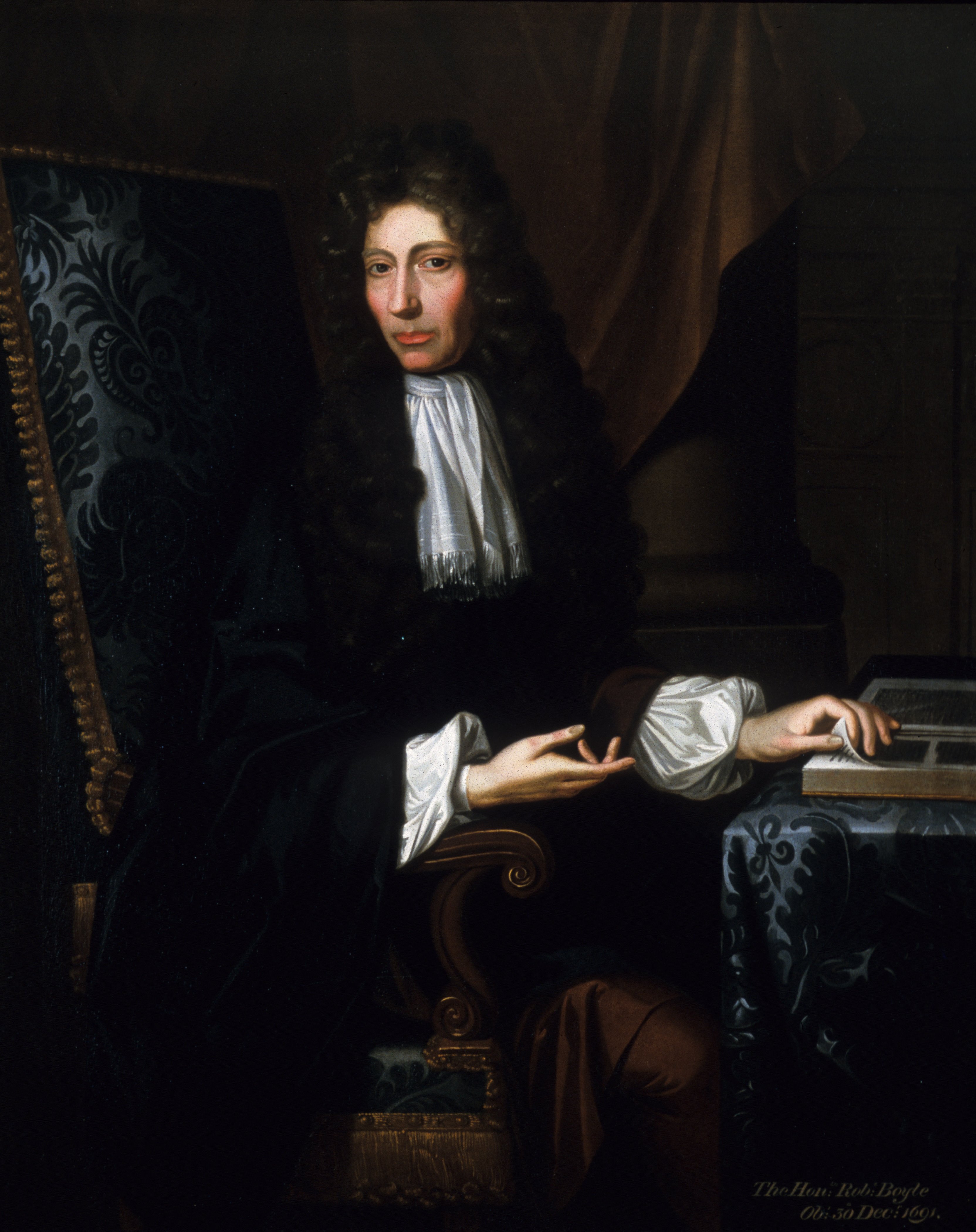Chemistry 101 for Teens
- Introduction to Chemistry
- The Periodic Table
- Atomic Structure
- Chemical Bonding
- Chemical Reactions
- Solutions and Solubility
- Acids, Bases, and pH
- Energy in Chemistry
- Organic Chemistry Basics
- Biochemistry Basics
- Chemistry in Our Daily Life
The Gas Laws
Understanding Boyle's Law and Charles' Law

Anglo-Irish natural philosopher, chemist, physicist, and inventor.
Introduction to Boyle's Law
Boyle's Law, named after physicist Robert Boyle, is one of the fundamental gas laws in physical chemistry. It describes the inversely proportional relationship between the pressure and volume of a gas, if the temperature is held constant.
The formula for Boyle's Law is P1V1 = P2V2, where P1 and V1 are the initial pressure and volume, and P2 and V2 are the final pressure and volume.
Boyle's Law has numerous practical applications. For instance, it is used in calculating the behavior of gases in pistons, scuba diving equipment, and even in the human lungs during breathing.
Introduction to Charles' Law
Charles' Law, also known as the law of volumes, was discovered by Jacques Charles. It states that the volume of a given amount of gas is directly proportional to its absolute temperature, provided its pressure remains constant.
The formula for Charles' Law is V1/T1 = V2/T2, where V1 and T1 are the initial volume and temperature (in Kelvin), and V2 and T2 are the final volume and temperature.
Charles' Law is used in various real-world applications, such as explaining the working of hot air balloons, predicting the behavior of car tires in different weather conditions, and understanding the expansion and contraction of gases in different seasons.
Worked Examples
Let's look at some examples to better understand these laws:
Boyle's Law Example: Suppose a gas occupies a volume of 2.0 L at a pressure of 1.0 atm. If the volume is compressed to 1.0 L, what will be the new pressure? Using Boyle's Law, we can calculate P2 = P1V1/V2 = (1.0 atm)(2.0 L)/(1.0 L) = 2.0 atm.
Charles' Law Example: A gas occupies a volume of 2.0 L at a temperature of 300 K. If the temperature is increased to 600 K, what will be the new volume? Using Charles' Law, we can calculate V2 = V1T2/T1 = (2.0 L)(600 K)/(300 K) = 4.0 L.
In conclusion, Boyle's Law and Charles' Law are fundamental principles that help us understand and predict the behavior of gases under varying conditions of pressure, volume, and temperature. They are not only theoretical concepts but also have numerous practical applications in our daily lives.